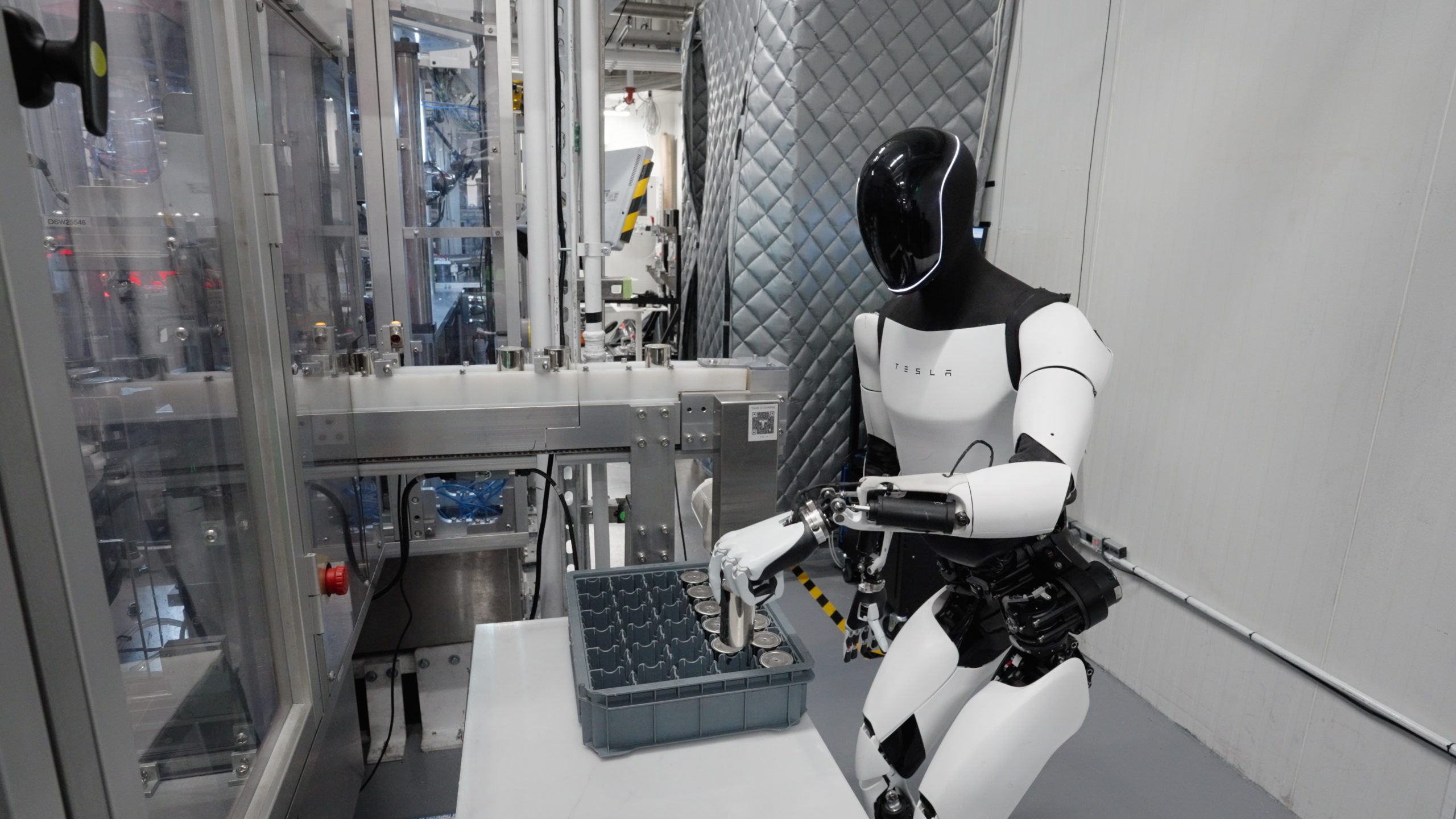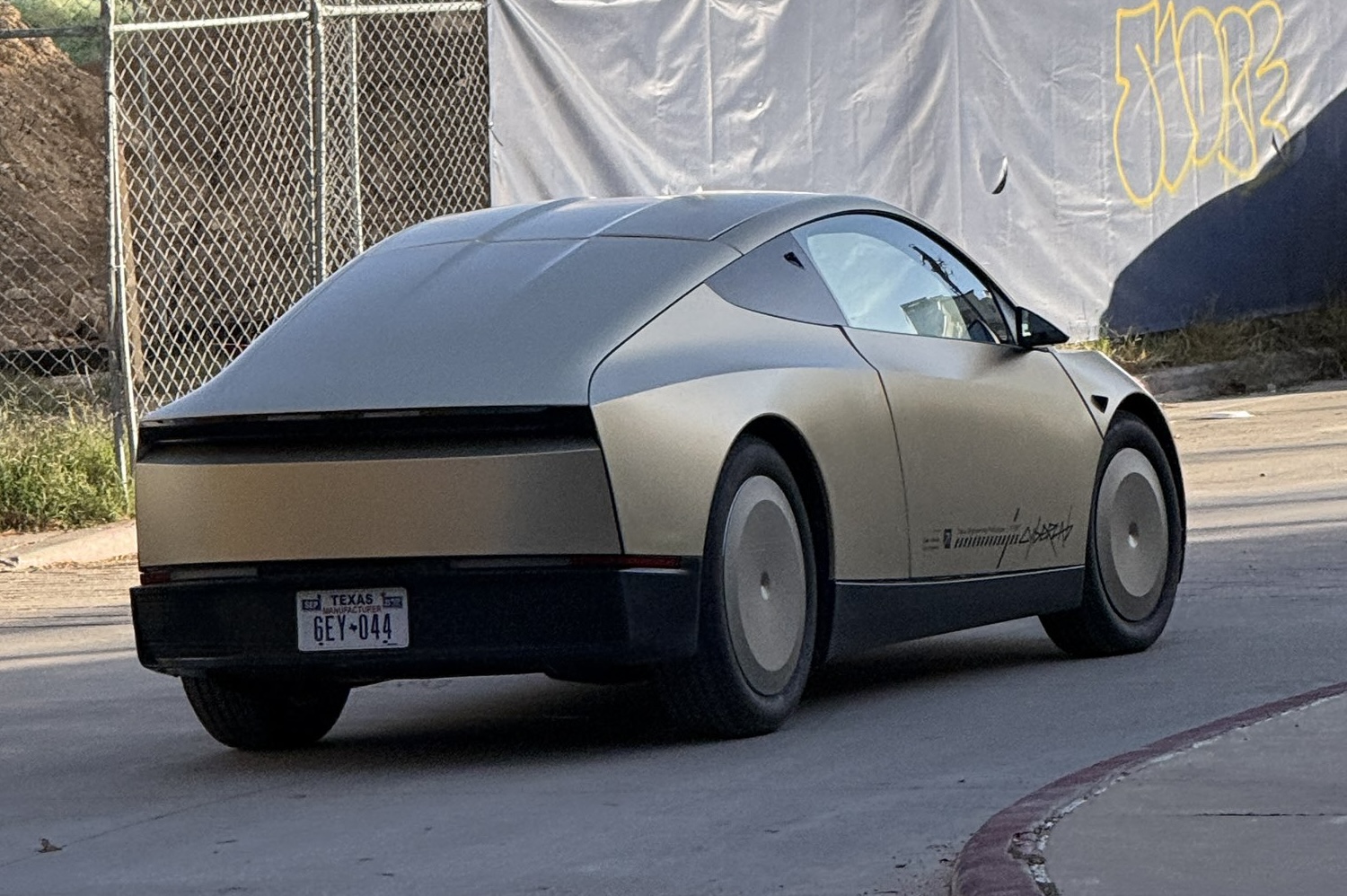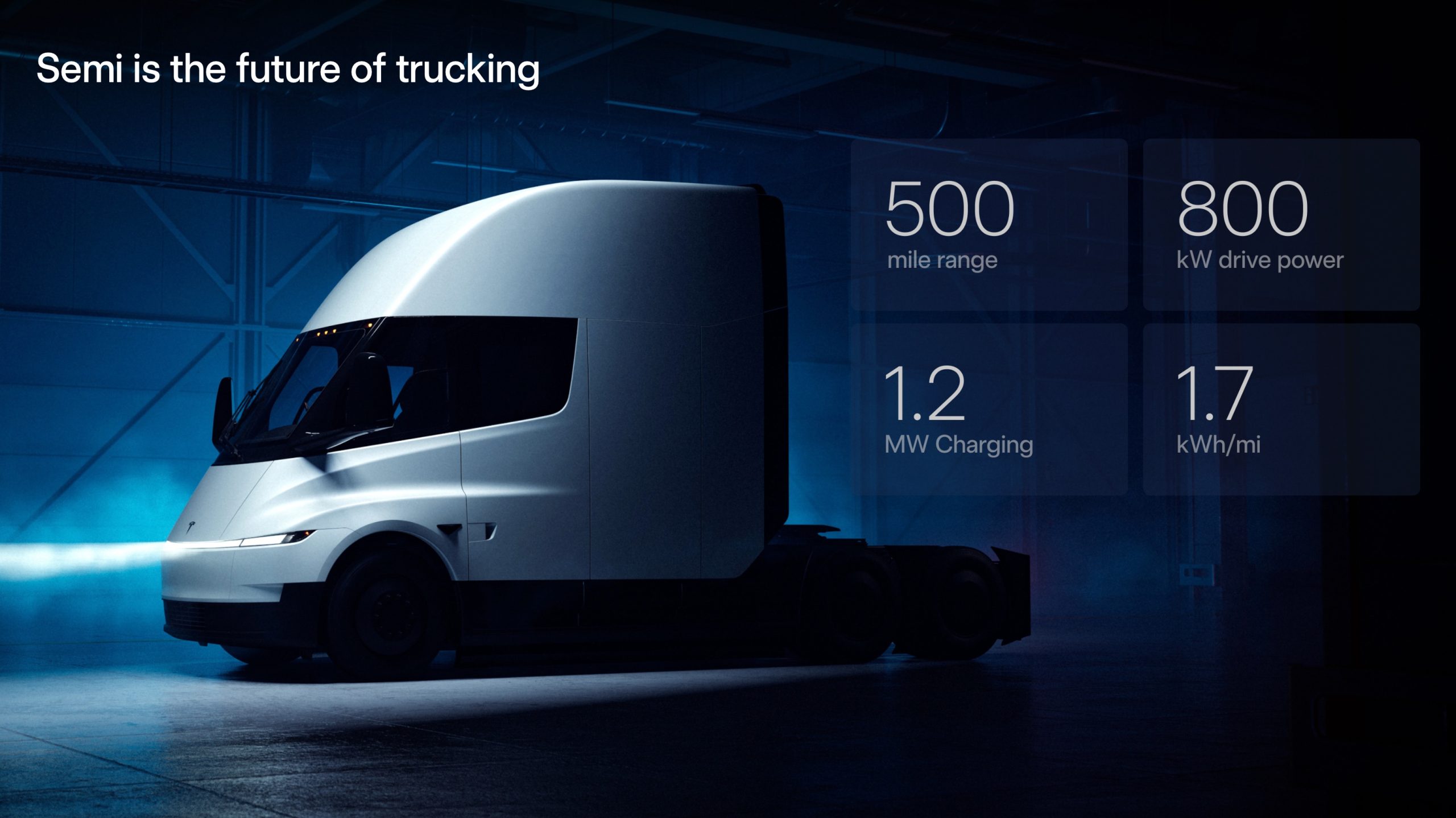News
Elon Musk gives update on Tesla Optimus progress
Tesla is “working hard” to get Optimus production scaled, Elon Musk said.

Elon Musk says Tesla is working hard to scale what will end up being its biggest product in his eyes: Optimus.
Tesla Optimus is the company’s humanoid robot project, which was first announced several years ago but has gained more relevance and become a larger focus over the past year.
Tesla truly had its big breakout with Optimus last year at its “We, Robot” event in October, where it was used to serve drinks, provide entertainment, and mingle with attendees.
However, it has been a challenge for Tesla to truly scale Optimus and, although it has huge plans for production numbers, certain parts of the project have proven to be more difficult than others.
One of the most notable things is that of its hands, as Tesla wants them to be nimble enough to thread a needle.
This has proven to be very difficult.
Scaling production and refining manufacturing are also likely challenges. Musk says Tesla is “working hard on scaling Optimus,” something that is a crucial issue to solve as the project is a major contributor to the company’s future.
Musk said:
🚨 Tesla has big plans for Optimus production
It has plans for an annual production run-rate of 1 million by 2030
Earlier this year, the plan was to build 5,000 in 2025
Elon Musk has said Optimus should make up roughly 80% of Tesla’s value https://t.co/nAMKGq4yGz pic.twitter.com/NIGUKH248i
— TESLARATI (@Teslarati) September 27, 2025
Musk has made some pretty tremendous predictions for Optimus and how important it could be to Tesla in the future.
Earlier this month, he said Optimus will make up about 80 percent of the company’s value in the future. In January, he also noted during Tesla’s Q4 2024 Earnings Call that Optimus would be “overwhelmingly the value of the company.”
Elon Musk details Tesla’s road to selling Optimus and Robotaxi affordably
He has not only talked about Optimus’s importance in terms of money and revenue. He also said it would be “the biggest product of all-time by far,” because of its ability to revolutionize human life. He said it would be like “having your own personal C-3PO and R2-D2.”
|
Aspect
|
Musk’s Estimation
|
Date/Context
|
Implication for Tesla
|
|---|---|---|---|
|
Valuation Share
|
~80% of total company value
|
Sep 2025 X post; Jan 2025 earnings
|
Shifts focus from EVs to robotics as primary growth engine
|
|
Overall Valuation
|
Up to $25 trillion (Optimus-driven)
|
Mid-2024 interview
|
~34x current cap; exceeds U.S. GDP equivalent in profits
|
|
Market Size
|
>10 billion units globally
|
Aug 2024 interview
|
Universal adoption for labor/personal use
|
|
Product Ranking
|
Biggest product ever; > FSD value
|
Mar 2025 statement; Apr 2022
|
Transforms Tesla into AI/robotics leader
|
|
Unit Price
|
~$20,000 (high-volume target)
|
Nov 2024 X post
|
Enables affordability for billions of users
|

News
Tesla Cybercab tests are going on overdrive with production-ready units
Tesla is ramping its real-world tests of the Cybercab, with multiple sightings of the vehicle being reported across social media this week.

Tesla is ramping its real-world tests of the Cybercab, with multiple sightings of the autonomous two-seater being reported across social media this week. Based on videos of the vehicle that have been shared online, it appears that Cybercab tests are underway across multiple states.
Recent Cybercab sightings
Reports of Cybercab tests have ramped this week, with a vehicle that looked like a production-ready prototype being spotted at Apple’s Visitor Center in California. The vehicle in this sighting was interesting as it was equipped with a steering wheel. The vehicle also featured some changes to the design of its brake lights.
The Cybercab was also filmed testing at the Fremont factory’s test track, which also seemed to involve a vehicle that looked production-ready. This also seemed to be the case for a Cybercab that was spotted in Austin, Texas, which happened to be undergoing real-world tests. Overall, these sightings suggest that Cybercab testing is fully underway, and the vehicle is really moving towards production.
Production design all but finalized?
Recently, a near-production-ready Cybercab was showcased at Tesla’s Santana Row showroom in San Jose. The vehicle was equipped with frameless windows, dual windshield wipers, powered butterfly door struts, an extended front splitter, an updated lightbar, new wheel covers, and a license plate bracket. Interior updates include redesigned dash/door panels, refined seats with center cupholders, updated carpet, and what appeared to be improved legroom.
There seems to be a pretty good chance that the Cybercab’s design has been all but finalized, at least considering Elon Musk’s comments at the 2025 Annual Shareholder Meeting. During the event, Musk confirmed that the vehicle will enter production around April 2026, and its production targets will be quite ambitious.
News
Tesla gets a win in Sweden as union withdraws potentially “illegal” blockade
As per recent reports, the Vision union’s planned anti-Tesla action might have been illegal.

Swedish union Vision has withdrawn its sympathy blockade against Tesla’s planned service center and showroom in Kalmar. As per recent reports, the Vision union’s planned anti-Tesla action might have been illegal.
Vision’s decision to pull the blockade
Vision announced the blockade in early December, stating that it was targeting the administrative handling of Tesla’s facility permits in Kalmar municipality. The sympathy measure was expected to start Monday, but was formally withdrawn via documents sent to the Mediation Institute and Kalmar Municipality last week.
As noted in a Daggers Arbete report, plans for the strike were ultimately pulled after employer group SKR highlighted potential illegality under the Public Employment Act. Vision stressed its continued backing for the Swedish labor model, though Deputy negotiation manager Oskar Pettersson explained that the Vision union and IF Metall made the decision to cancel the planned strike together.
“We will not continue to challenge the regulations,” Petterson said. “The objection was of a technical nature. We made the assessment together with IF Metall that we were not in a position to challenge the legal assessment of whether we could take this particular action against Tesla. Therefore, we chose to revoke the notice itself.”
The SKR’s warning
Petterson also stated that SKR’s technical objection to the Vision union’s planned anti-Tesla strike framed the protest as an unauthorized act. “It was a legal assessment of the situation. Both for us and for IF Metall, it is important to be clear that we stand for the Swedish model. But we should not continue to challenge the regulations and risk getting judgments that lead nowhere in the application of the regulations,” he said.
Vision ultimately canceled its planned blockade against Tesla on December 9. With Vision’s withdrawal, few obstacles remain for Tesla’s long-planned Kalmar site. A foreign electrical firm completed work this fall, and Tesla’s Careers page currently lists a full-time service manager position based there, signaling an imminent opening.
News
Tesla Semi program Director teases major improvements

Tesla Semi Program Director Dan Priestly teased the major improvements to the all-electric Class 8 truck on Thursday night, following the company’s decision to overhaul the design earlier this year.
Priestley said he drove the Semi on Thursday, and the improvements appear to be welcomed by one of the minds behind the project. “Our customers are going to love it,” he concluded.
Just drove the redesigned Semi. Our customers are going to love it. https://t.co/KZ88sf1CDL
— Dan Priestley (@danWpriestley) December 19, 2025
The small detail does not seem like much, but it is coming from someone who has been involved in the development of the truck from A to Z. Priestley has been involved in the Semi program since November 2015 and has slowly worked his way through the ranks, and currently stands as the Director of the program.
Tesla Semi undergoes major redesign as dedicated factory preps for deliveries
Tesla made some major changes to the Semi design as it announced at the 2025 Annual Shareholder Meeting that it changed the look and design to welcome improvements in efficiency.
Initially, Tesla adopted the blade-like light bar for the Semi, similar to the one that is present on the Model Y Premium and the Cybertruck.
Additionally, there are some slight aesthetic changes to help with efficiency, including a redesigned bumper with improved aero channels, a smaller wraparound windshield, and a smoother roofline for better aero performance.
All of these changes came as the company’s Semi Factory, which is located on Gigafactory Nevada’s property, was finishing up construction in preparation for initial production phases, as Tesla is planning to ramp up manufacturing next year. CEO Elon Musk has said the Semi has attracted “ridiculous demand.”
The Semi has already gathered many large companies that have signed up to buy units, including Frito-Lay and PepsiCo., which have been helping Tesla test the vehicle in a pilot program to test range, efficiency, and other important metrics that will be a major selling point.
Tesla will be the Semi’s first user, though, and the truck will help solve some of the company’s logistics needs in the coming years.








